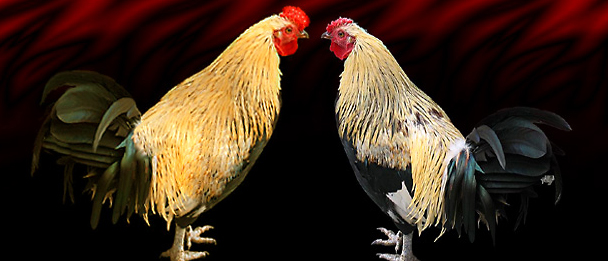Tips for Telling
Tips for telling stories by Denise Bennett
- A story isn’t really about the words; the words are a simply a way to convey the images of the story. If you as the teller fully imagine each scene of the story as you tell it, you will enter the story and so will your listeners! Telling a story in your own words is the most straight forward way of entering the story. You may choose to memorize some phrases from the story or even all the words but you must still imagine every scene in your mind – if not, the story will sound like a recitation and feel flat. Also when a story is memorized, rather than internalized or entered into there is always some anxiety that you will forget the words and that anxiety will be communicated to your listeners.
- Body language, facial expression and tone of voice are what make oral storytelling so engaging and different from hearing a story read. Generally if you fully imagine the story, your expressiveness will simply flow from the telling. It doesn’t have to be over-the-top dramatic to be an effective telling of a story.
- Fully imagining means: seeing the images of the story in your mind’s eye OR hearing the sounds of each scene OR smelling the smells OR feeling what’s going on in each scene OR all of the above. This is true for any story. Sometimes a story speaks to us immediately and we know why we chose it and sometimes we may work with a story many times before we have an “aha!” moment about the story.
Some practical suggestions for learning stories
- While it is true that the story is more than words, if you are going to tell it, you still need to read it first, and then again and again. Read it slowly. This is particularly important when you are working with a story that you think you already know well.
- Break the story down into scenes. Here’s what the first part of “The Three Little Pigs” might look like:
Scene 1 – Three pigs are living with their mother when she tells them it’s time to make their way in the world
Scene 2 – The three pigs each set off in different directions
Scene 3 – The first pig builds a house of straw
Scene – The Big Bad Wolf shows up at the first pig’s door ….
Some people do this analysis by drawing a storyboard – a picture of each scene (stick figures are fine) in sequential order. (Notice that so far I have said nothing about memorizing any words)
- You may want to repeat the sequence of scenes outloud to yourself until you know what comes next and after that and after that.
- Once you have a good idea of the sequence of events, imagine each scene. Who is in the scene? Where does it take place? What sounds might you hear? What smells? What is the climate like? What is the emotional climate like?
Depending on the kind of story you are telling, you may want to do some research on the story. What you learn may change the way you tell the story. For example, if I am telling a story from a specific time and place and there is a boat in the story, I may want to see if I can find a picture or description of that kind of boat. I may not describe it as I tell the story, but if I know what it looks like, I will not be distracted by wondering about it during my telling. OR if I find out more about the boat, it may add to my unique telling of the tale. Perhaps a character will catch the hem of his cloak on the curved prowl of the boat which explains why when he fell overboard, he did not drown.
- As you are working on learning a story, you may decide that you want to memorize a few key phrases in a story; for example: “little pigs, little pigs, let me in!” “Not by the hair on our chinny-chin, chins!”
- All of this sounds long and complicated. It really isn’t. It just takes a lot of verbiage to explain a process which aside from the research part, really comes quite naturally when we move from thinking of stories as a bunch of words to images that we encounter in the present moment.
Denise Bennett
denisebennettstoryteller@gmail.com
(804) 683-6326
